- I'm Dr. Romaguera, I'm an interventional cardiologist at Bellvitge hospital and also, [unclear] [Unclear] interventional cardiology. We will discuss today about the SUGAR trial, a randomised trial that we presented yesterday at TCT, 2021.
Amphilimus Coating
This device, the Cre8™ stent is a stent with a completely different technology because the most commonly used stents are polymer based. Polymer acts as a net. So the polymer allows the release of a single molecule by simple diffusion. This device by contrast is a polymer-free stent. But the previous polymer-free stents had the problem that the drug was released very fast. Here, this stent, the stent has less [Unclear] walls In the lumen [Unclear] And by putting these walls thinner and deeper, you can modulate it at lower rates. So this device first, has no polymer, second, then, avoiding inflammation second, because it has no polymer and is a thinner strut, the total device thickness is very thin compared to other polymer-based stents. And third, the drug is mixed in this abluminal surface with an amphiphilic carrier. An amphiphilic carrier is a molecule that has both lipophilic and hydrophilic poles, then increasing the drug diffusion, and the longevity to the vascular wall. This is of remarkable importance for patients with diabetes, because they have resistance to mTOR inhibitors. So they need higher tissue drug concentrations. And second, [Unclear] because this has the fuse vessel wall, it has plaque, calcium, plaque, calcium then, the drug diffusion is not homogeneous with polymer-based stents. Here with the hastened drug diffusion because of this carrier it's supposed to allow more drug concentration and homogeneity across the vascular wall. So it's a polymer-free stent with laser-dug wells on the abluminal surface, and then the drug is formulated or mixed with an amphiphilic carrier.
Importance of the Trial
I believe that this trial is especially important because it's conducted in patients with diabetes. 40% of patients undergoing PCI in the US have diabetes mellitus. There are more than 500 million patients with diabetes worldwide and despite these high numbers, and despite they have very poor results, currently these years, there is a total lack of research in the regional cardiology patients with diabetes. We only have trials of indirect comparisons to group analysis, registries, or very old trials, but there is no research currently on these high-risk [Unsure] empirical population.
Design and Patient Population
So we designed a randomised trial that looked at 23 centres in Spain. The trial randomised one - one to Cre8 EVO or Resolute Onyx. It was parallel control and blinded to clinical committee. We randomised 1,175 patients in total. And the clinical endpoint was target-lesion failure, which is a composite of cardiac death, target vessel MI and target lesion revascularisation. And the inclusion criteria was to have diabetes mellitus, according to the American diabetes association criteria, and a clinical indication for PCI. And there were very few exclusion criteria because we wanted it through a real diabetic population that we treat every day in our cath labs. So the study has all-comers design within the diabetic population. And for these reasons we only exclude patients with other co-morbidities that have less than two years, of a poor prognosis, cardiogenic shock or mechanical ventilation or inability to process. But all other patients were allowed to be included in the study, including ST Segment Elevation myocardial infarction, multi-vessel disease, left main PCI, total occlusion and bifurcations, every patient would be included because we wanted to be representative of the real population.
Key Findings
So at the end, we randomised 586 patients to Cre8 and 589 patients to Resolute Onyx. More than 99% of patients underwent follow-up. There were very few lost to follow up and no patient withdrew consent. 12% of the patients randomised had ST segment elevation myocardial infraction through the randomization. There were 4% PCI of left main disease. And there was a 4% of chronic total occlusions more or less, and 30% of the patients were within the baseline, 50% of patients were multi-vessel deficient. So it was a very complex population. And what we saw at one year is that patients randomised to Resolute Onyx have 10.9% of events, versus 7.2 for the Cre8. This difference was positive for non-inferiority, which was the primary hypothesis of the study, and for the superiority test which was pre-specified, Cre8 was also superior, reducing by 35% the risk of target-lesion failure at one year. So we met the non-inferiority and also the superiority for the Cre8 EVO. We also show for secondary endpoints, numerically and almost significant reduction of TLR with a p-value of 0.058, a significant reduction of target-lesion failure, and a trend to reduce major adverse cardiovascular events. The other endpoints, secondary endpoints such as all-cause mortality, stent thrombosis, et cetera. Were comparable within both groups.
Impact of Practice
Of course, we cannot compare this stent to any other stent, but we believe that the control that we chose, the Resolute Onyx stent, is a very used stent nowadays and that it has the availability for treatment of diabetes. So we show that the Cre8 stent was superior. So of course we need longer follow-up, the primary point for superiority is two years. We need to wait because I really thought there would be more events from year one to year two. We need to wait for a longer follow-up. But I believe that with this data the Cre8 stent could be a good option for patients with diabetes mellitus.
Next Steps
We need to wait for longer follow up. There is a corporate specified, primary endpoint which is at two years follow up. We need to wait to see if two years is different between what the stent is significantly. And then we will dive into our database because we saw very positive results, with sodium glucose contransporter inhibitors in our patients undergoing PCI in these trials. So we will explore also these hypotheses. And then of course we are working in our next trial SUGAR II, which I think can also fully prove our practice.
TCT 2021: Late-breaking Science Video Collection
Published: 09 November 2021
-
Views:
 2170
2170
-
Likes:
 7
7
-
Views:
 2170
2170
-
Likes:
 7
7
-
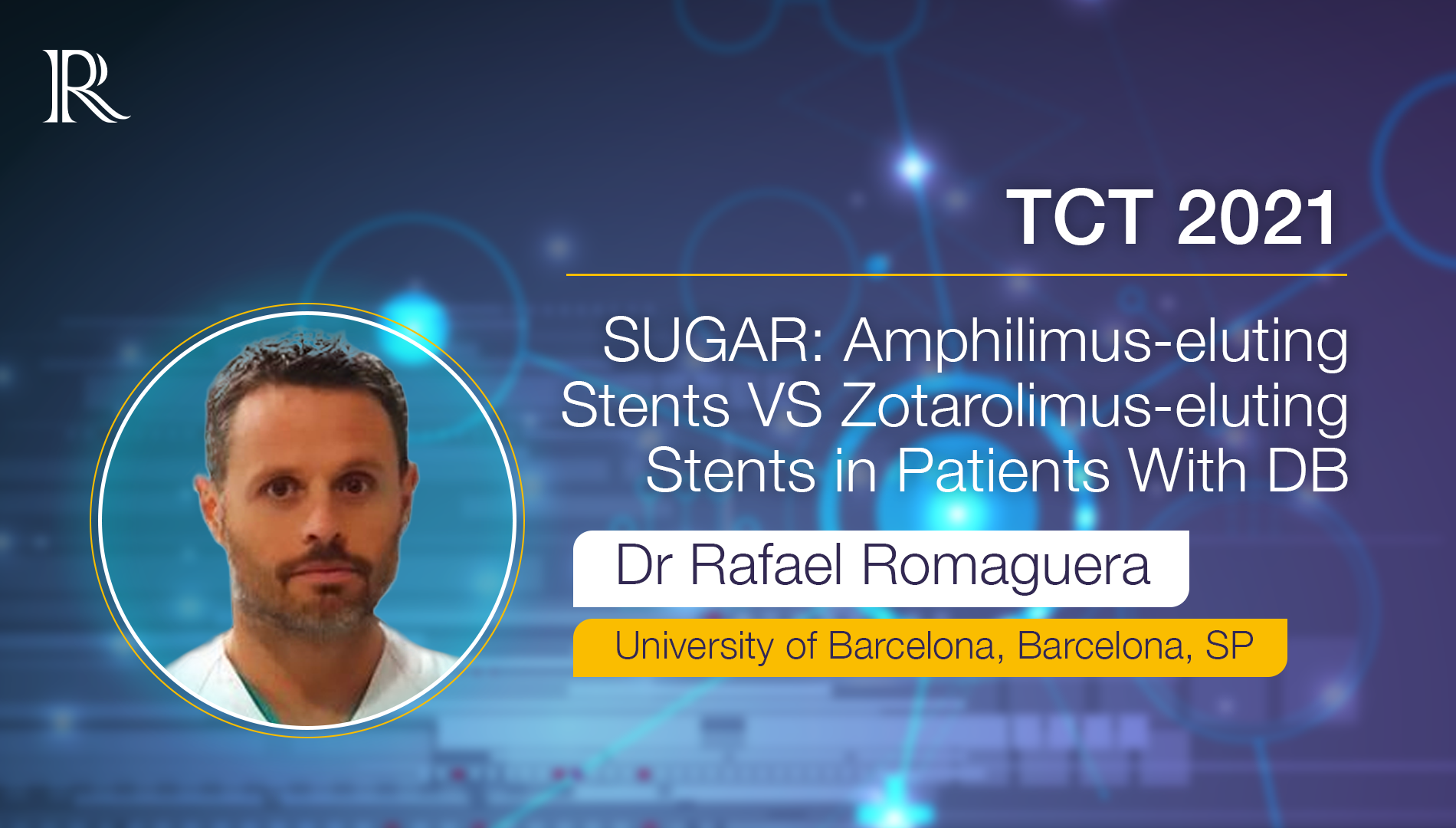 Up Next
Up Next -
 7m 32sPart 2 | Session 4 CHOICE-CLOSURE: Plug-based Vs Suture-based Large-bore Vascular Closure
7m 32sPart 2 | Session 4 CHOICE-CLOSURE: Plug-based Vs Suture-based Large-bore Vascular Closure -
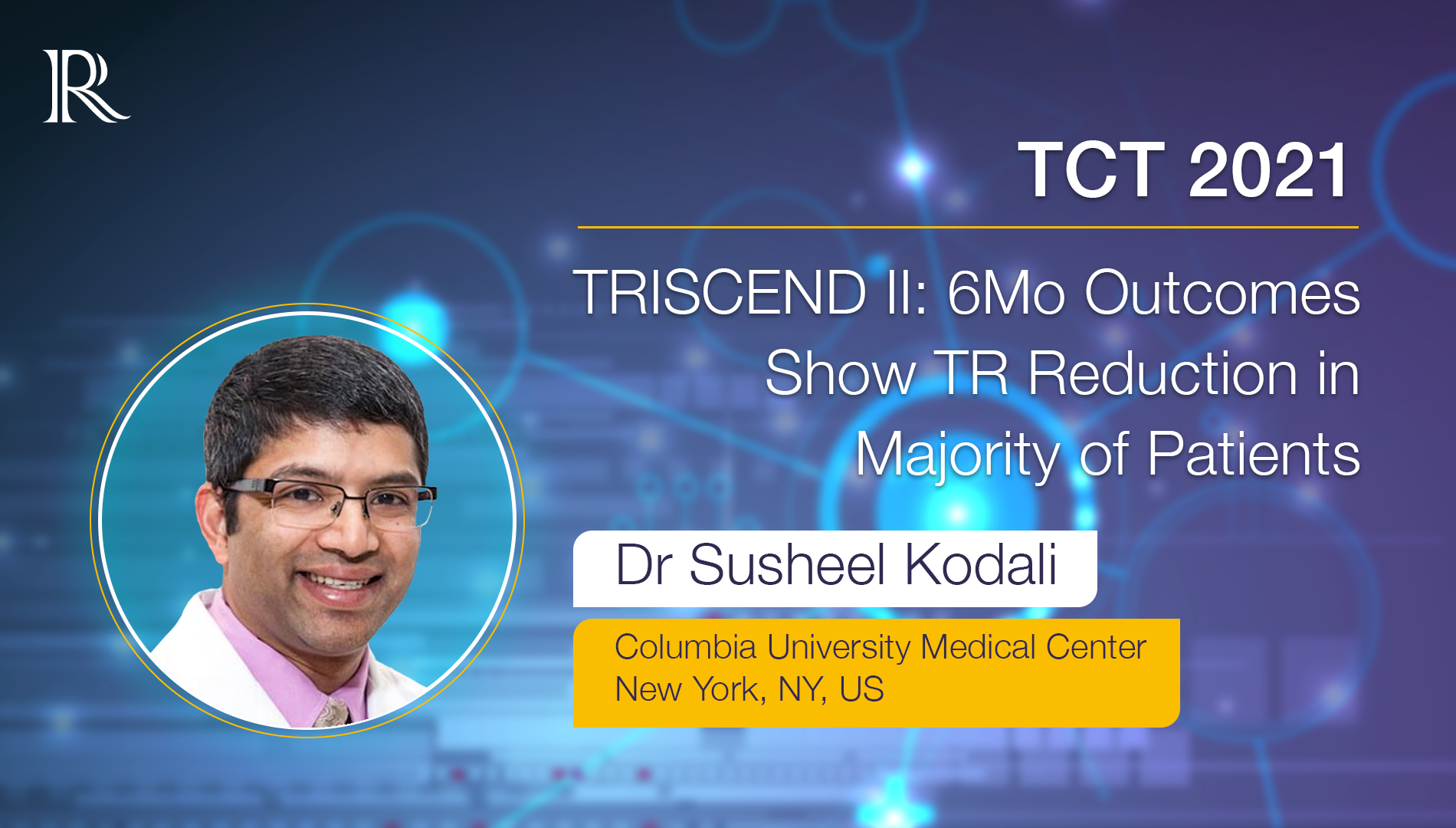 7m 27sPart 2 | Session 5 TRISCEND II: 6Mo Outcomes Show TR Reduction in Majority of Patients
7m 27sPart 2 | Session 5 TRISCEND II: 6Mo Outcomes Show TR Reduction in Majority of Patients -
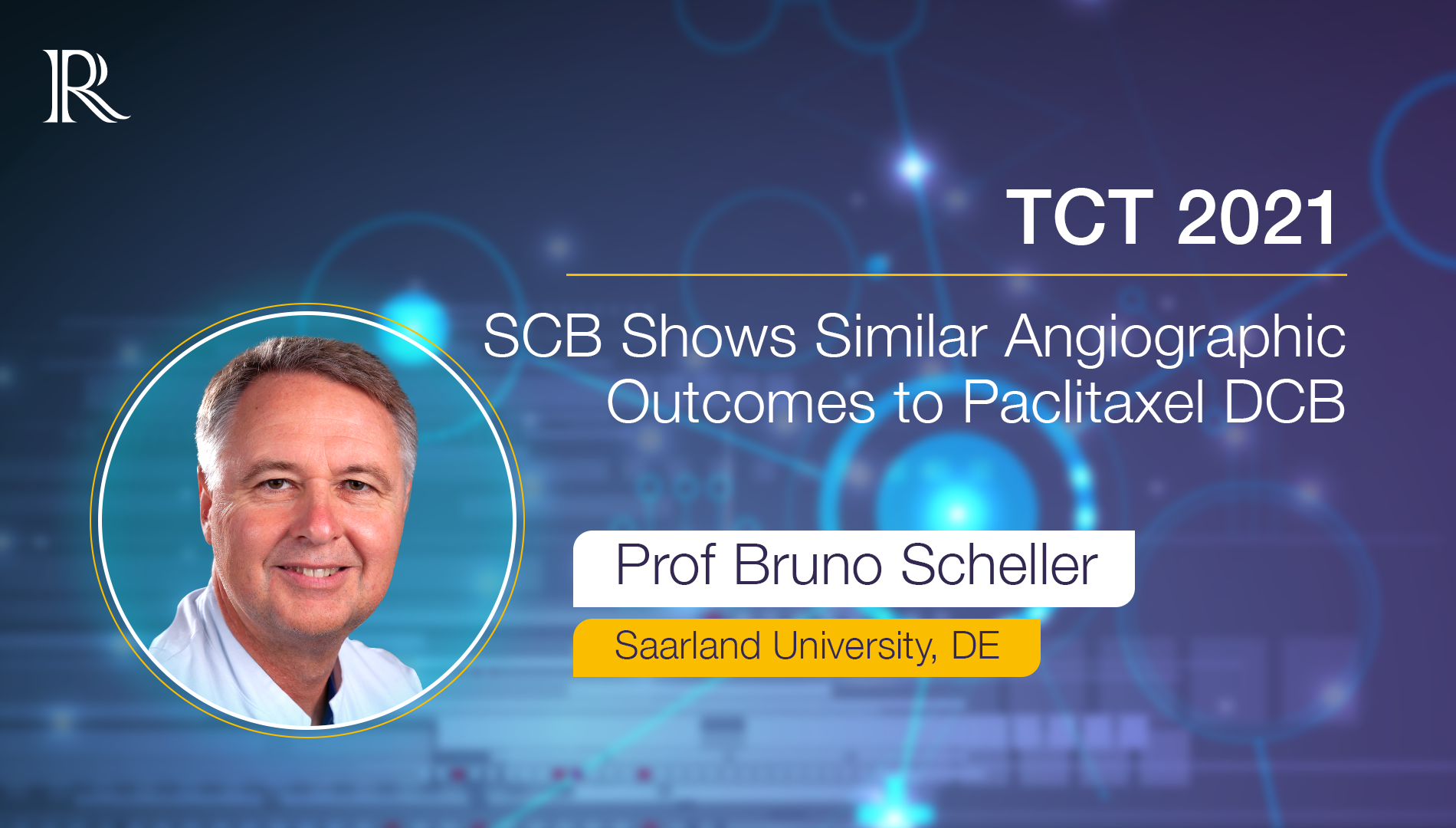 8m 8sPart 2 | Session 6 SCB Shows Similar Angiographic Outcomes to Paclitaxel DCB
8m 8sPart 2 | Session 6 SCB Shows Similar Angiographic Outcomes to Paclitaxel DCB -
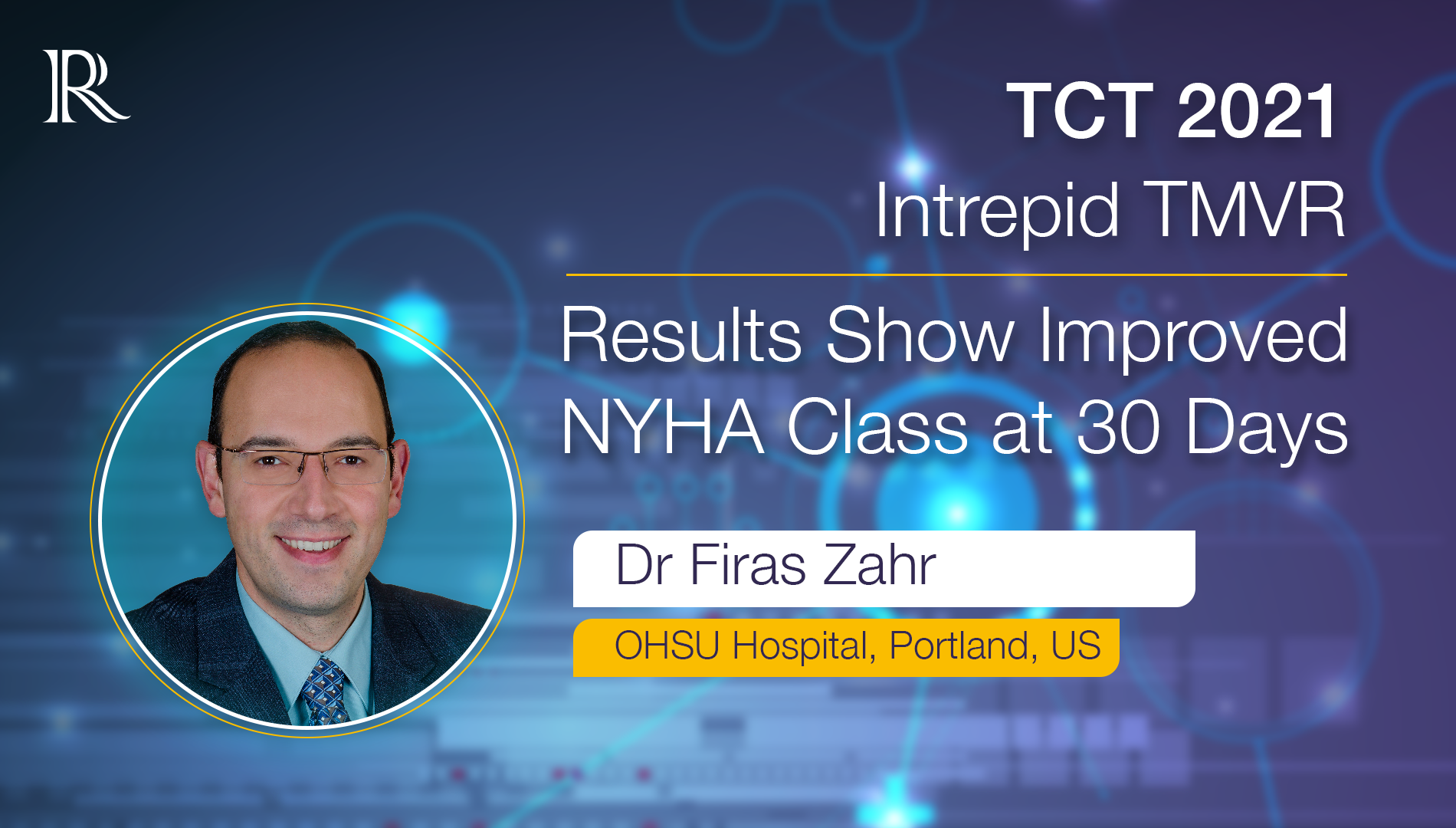 3m 37sPart 2 | Session 7 Intrepid TMVR: Results Show Improved NYHA Class at 30 Days
3m 37sPart 2 | Session 7 Intrepid TMVR: Results Show Improved NYHA Class at 30 Days -
 6m 43s
6m 43s -
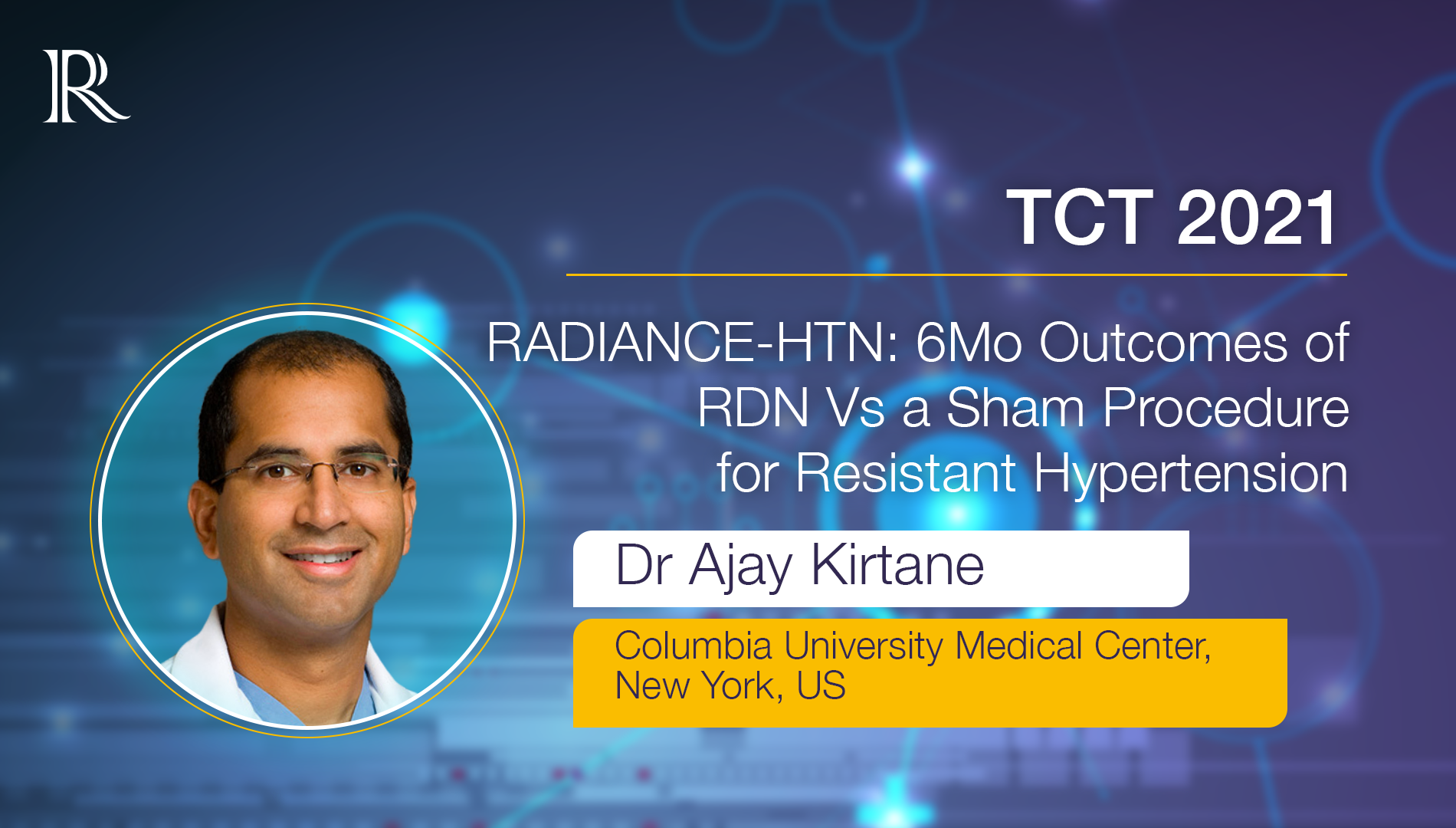 4m 44s
4m 44s -
 4m 28sPart 2 | Session 10 BIO-RESORT: 5Y Outcomes
4m 28sPart 2 | Session 10 BIO-RESORT: 5Y Outcomes -
 10m 19sPart 2 | Session 11 OPTIMUM Registry: PCI in Patients at Prohibitive Risk for CABG
10m 19sPart 2 | Session 11 OPTIMUM Registry: PCI in Patients at Prohibitive Risk for CABG
-
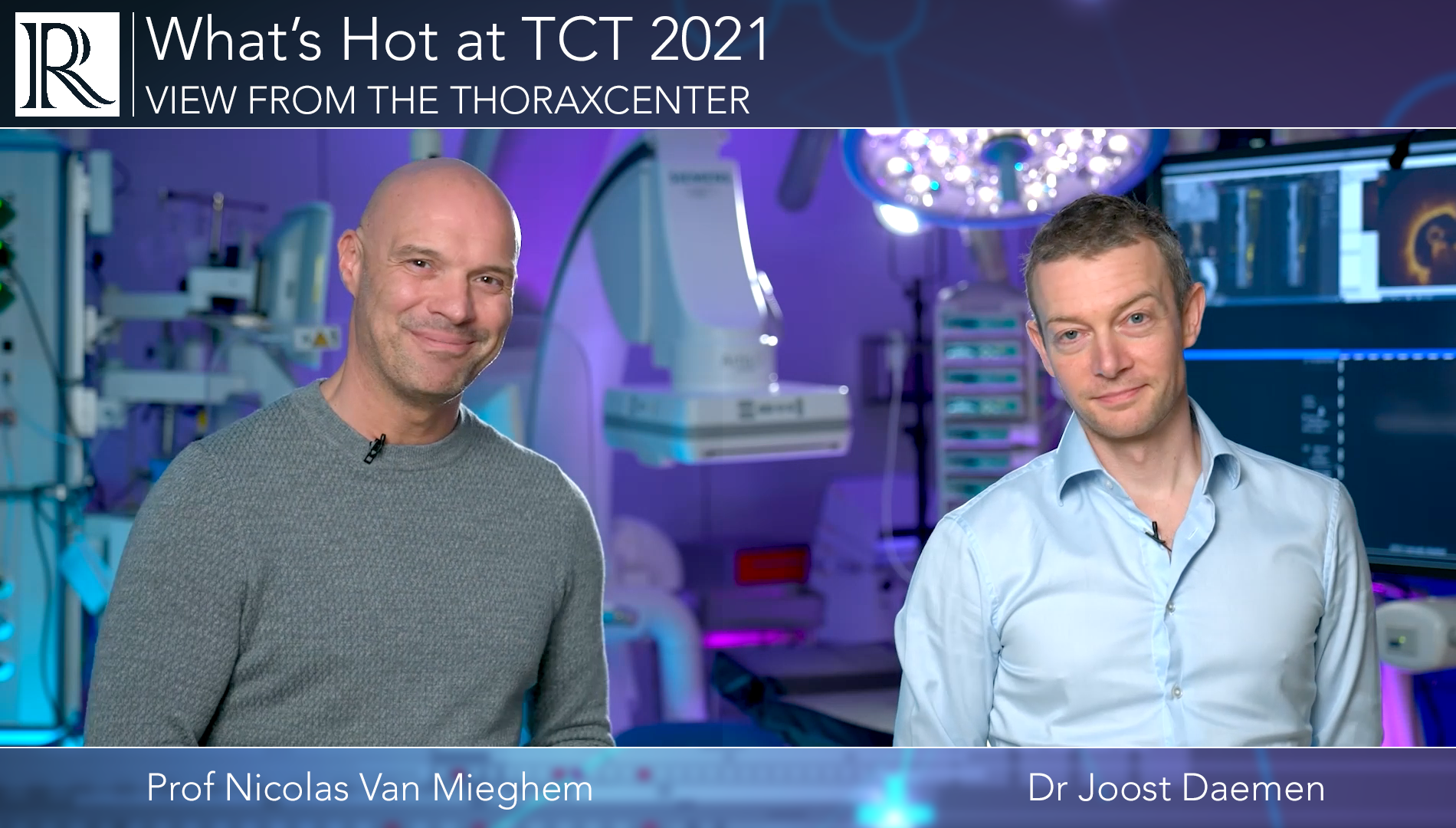 22m 43sPart 1 | Session 1 What's Hot at TCT 2021: View from the Thoraxcenter Nicolas M Van Mieghem, Joost Daemen
22m 43sPart 1 | Session 1 What's Hot at TCT 2021: View from the Thoraxcenter Nicolas M Van Mieghem, Joost Daemen
-
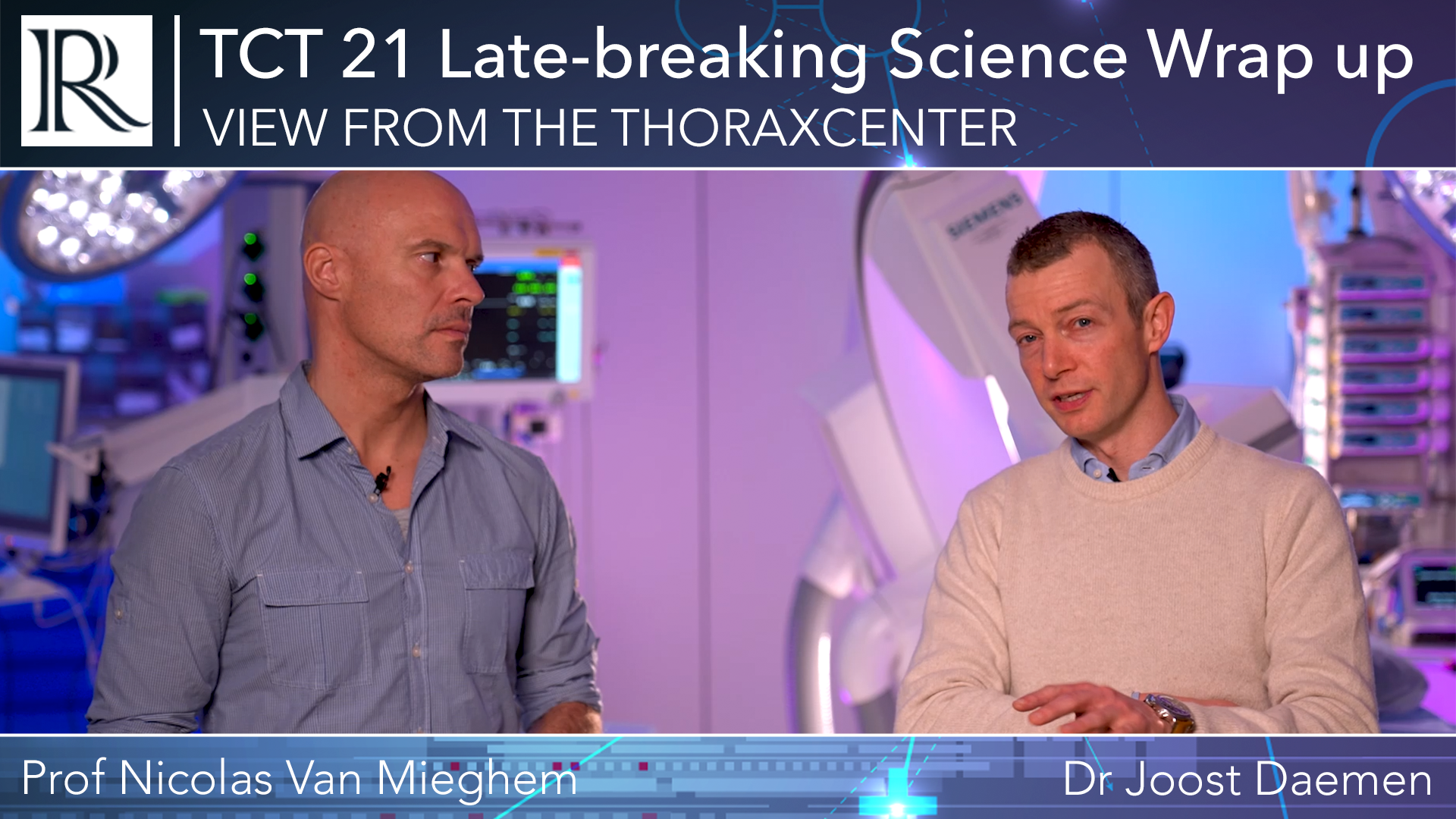 22m 33sPart 1 | Session 2 View from the Thoraxcenter: TCT 21 Late-breaking Science Wrap Up Nicolas M Van Mieghem, Joost Daemen
22m 33sPart 1 | Session 2 View from the Thoraxcenter: TCT 21 Late-breaking Science Wrap Up Nicolas M Van Mieghem, Joost Daemen
-
 10m 32sPart 2 | Session 1 FAME3: PCI Guided by FFR Didn't Meet Noninferiority for 1Y Outcomes Compared to CABG William Fearon
10m 32sPart 2 | Session 1 FAME3: PCI Guided by FFR Didn't Meet Noninferiority for 1Y Outcomes Compared to CABG William Fearon
-
 4m 40sPart 2 | Session 2 iFR-SWEDEHEART: No Difference in Outcome at 5-yrs of iFR vs FFR Matthias Gotberg
4m 40sPart 2 | Session 2 iFR-SWEDEHEART: No Difference in Outcome at 5-yrs of iFR vs FFR Matthias Gotberg
Overview
Our regular review series View from the Thoraxcenter hosted by Prof Nicolas Van Mieghem and Dr Joost Daemen (Thoraxcentre, Erasmus MC, Rotterdam, NL) provide a concise and insightful preview of the late-breaking science presented at TCT 2021.
Short, accessible Expert Interviews will be available conducted with select faculty focusing on the results, applicability, and impact on future research.
More from this programme
Part 1
View from the Thoraxcenter: Preview of the Late-Breaking Trials
Part 2
Expert Interviews
Short, accessible Expert Interviews were conducted with select faculty focusing on the results, applicability, and impact on future research.
Faculty Biographies
Transcript







